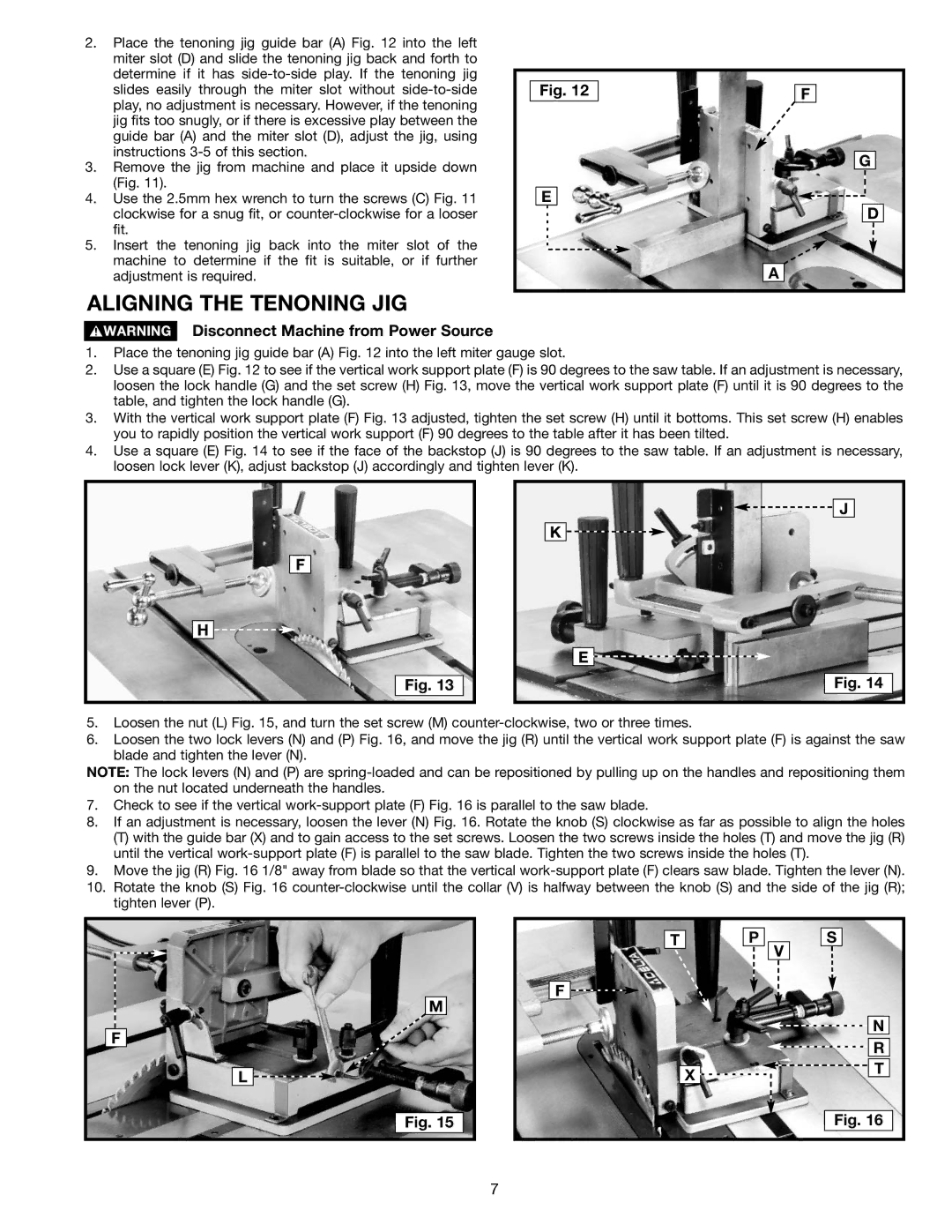Jig Saw specifications
The Porter-Cable Jig Saw is a versatile power tool renowned for its precision and reliability, making it an essential addition to any woodworking enthusiast's or professional tradesperson's toolkit. Known for its cutting accuracy and ease of use, this jig saw boasts a variety of features that cater to diverse cutting applications, from intricate curved cuts to straight lines.One of the standout features of the Porter-Cable Jig Saw is its powerful motor, which typically ranges from 5 to 6 amps, providing the necessary strength to tackle tough materials, including hardwoods and metals. The variable speed control allows users to adjust the cutting speed according to the material being worked on, with speeds reaching up to 3,200 strokes per minute. This adaptability ensures clean cuts and reduced splintering, especially when working on delicate projects.
The jig saw's stroke length is also crucial; the Porter-Cable models typically feature a stroke length of 3/4 inches, allowing for efficient cutting through various thicknesses. Additionally, the tool’s onboard bevel capacity allows for angled cuts, expanding its versatility for more complex designs and projects.
A valuable technology present in many Porter-Cable Jig Saw models is the keyless blade change system, which enables rapid blade swaps without the need for additional tools. This feature saves time, ensuring that users can switch between blades for different applications seamlessly. The tool's compatibility with a wide range of jig saw blades ensures versatility, as users can choose from various materials and tooth configurations based on their specific cutting needs.
Furthermore, the Porter-Cable Jig Saw often incorporates an integrated dust blower, which keeps the cutting line clear of debris, ensuring better visibility and improved accuracy. Some models even come equipped with an integrated LED light, illuminating the work area for enhanced precision during cuts in dimly lit environments.
The ergonomic design of the Porter-Cable Jig Saw is another beneficial aspect. It often features a comfortable grip and a lightweight construction, allowing for extended use without causing fatigue. The rubberized handle improves control and reduces vibrations, enhancing overall user experience.
In summary, the Porter-Cable Jig Saw stands out for its combination of power, versatility, and user-friendly features, making it a reliable choice for anyone looking to achieve precise cuts in various materials. Its thoughtful design and advanced technologies contribute to its reputation as a go-to tool for carpenters, hobbyists, and DIYers alike.

